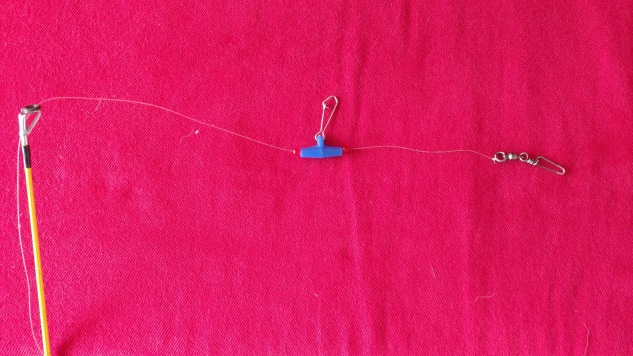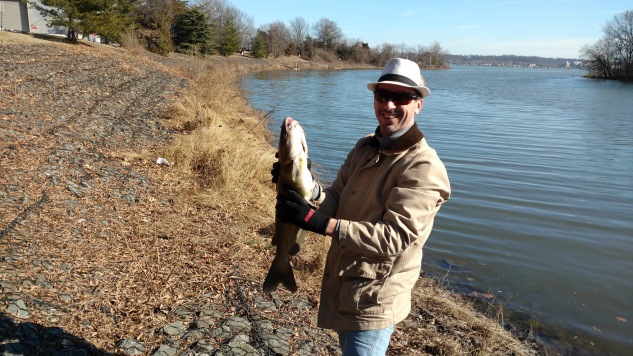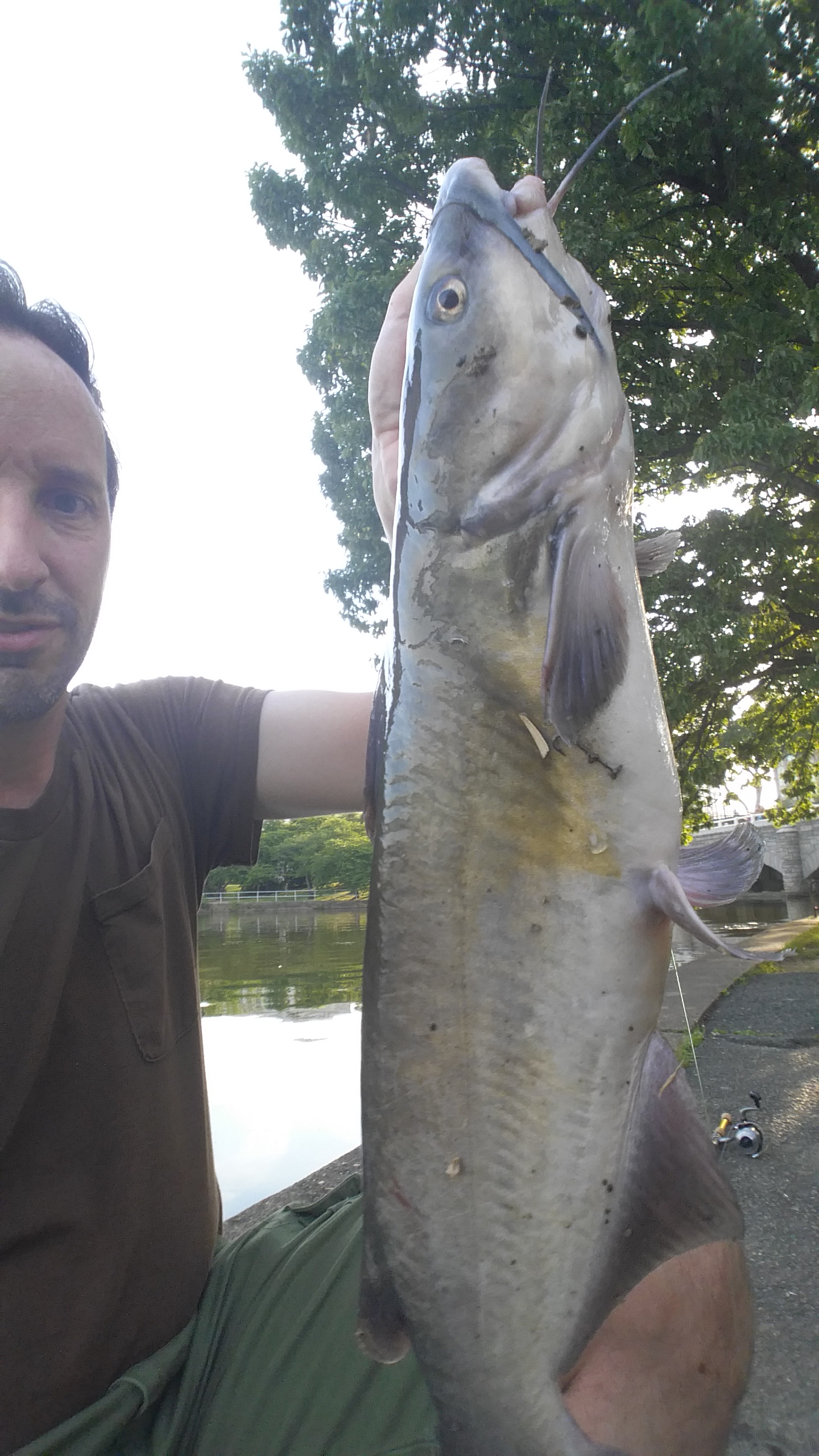I have gone through a lot of tubs of chicken livers over the past few years. They are an effective catfish bait. And at $2 for a small tub at the grocery store, well, who is to complain.
But, I am moving past chicken livers. Their biggest problem is that fish can tear them off easily. Oh, sure, there are various ways to keep them on hook. Atlas Mike’s Miracle Thread is best solution, because all you need do is wrap this elastic thread around the hooked liver. Easy-peasy, and it keeps the liver on longer while putting no barriers between the bait and the fish. I tried the egg loop knot, curing the livers into leathery medallions, and various other tricks. None of these worked great for me. Drying the livers made them less appealing to catfish. Putting the bait in little Surgitube bags and the like also weakened the bait’s draw, and was time-consuming.
Certainly, whenever I can catch bluegill or other baitfish, I’ll use those to chase catfish. But I do not have an easy source for bluegill nearby, and I’m not quite fish-crazy enough to establish a bluegill fish tank in my home.
So, my new go-to bargain bait is cheap chicken meat. You can get nearly expired thighs or breast boneless meat for a couple bucks a pound. Combine it with garlic powder (also cheap) and cherry or berry Kool-Aid (get a container of the generic version) and a bit of water in a Ziplock bag, and voila. You have a bait that brings in blue catfish and channel catfish. It takes less than 10 minutes to prepare, and keeps in the fridge for at least a week. No cooking of complex work is required. Just be sure to cut it into chunks appropriately sized for the hooks you are using. And if you have some old hot dogs, you can chop those into chunks and pitch those in the marinade.
This bait has not failed me, and I learned about it from an excellent catfisherman at Fletcher’s Cove in Washington, DC. That day I watched him land one hog after another, including one more than 40 pounds. Critically, this bait does not fall apart or tear of the hook. I’ve caught a couple of catfish on the same chunk of this bait. It works and it lasts, and that’s huge.







 The Nanjemoy Creek in Maryland is known to outsiders for its bass and catfish. Twice previously I’ve fished a different part of the creek, and the catfish were many and included a 12-pounder. I also twice had 30-pound leaders snapped by BIG catfish. (Lesson learned: loosen the drag so the fish can pull line out.)
The Nanjemoy Creek in Maryland is known to outsiders for its bass and catfish. Twice previously I’ve fished a different part of the creek, and the catfish were many and included a 12-pounder. I also twice had 30-pound leaders snapped by BIG catfish. (Lesson learned: loosen the drag so the fish can pull line out.) Previously, I wrote
Previously, I wrote





